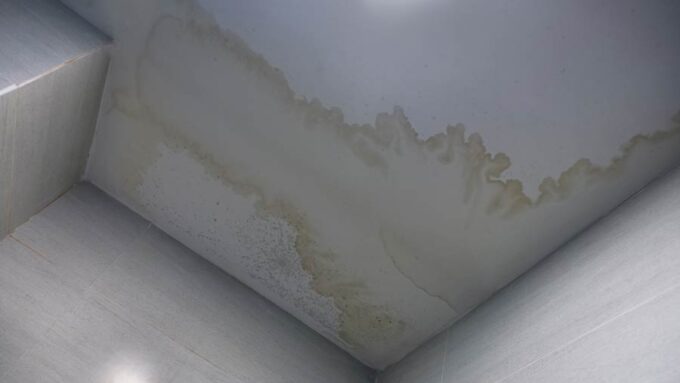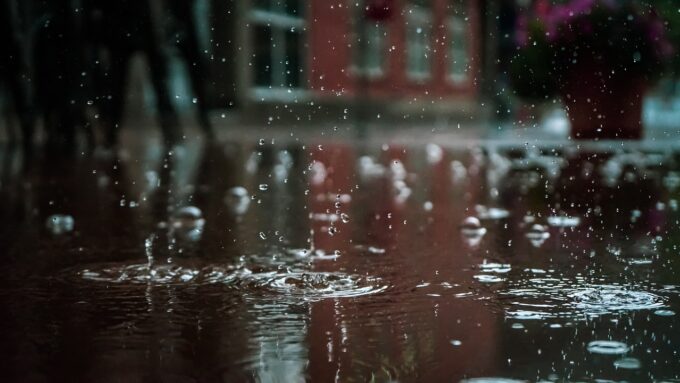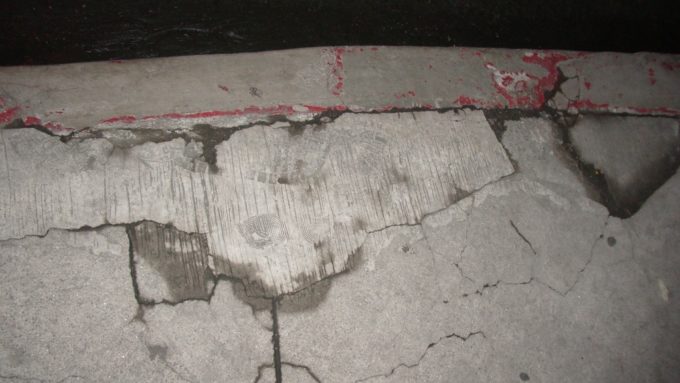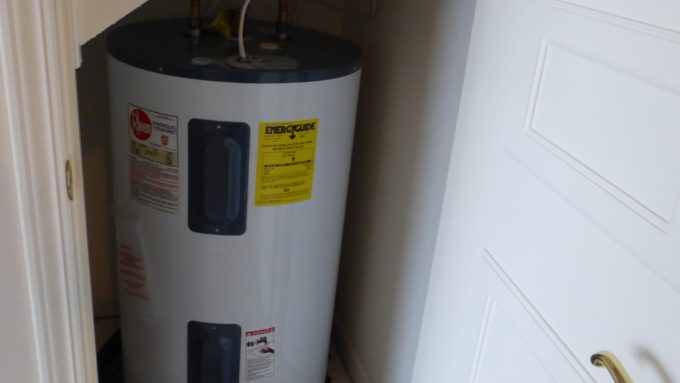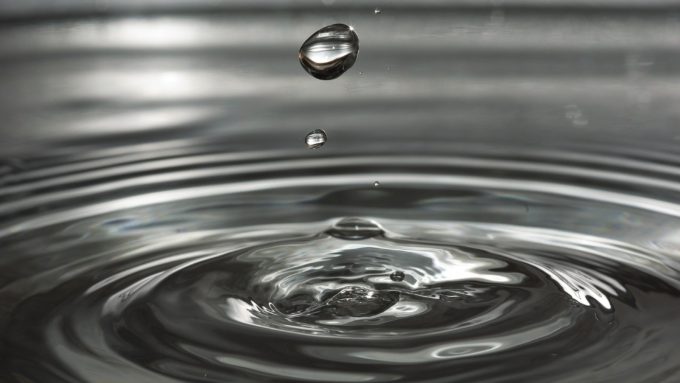Water stains are never a welcome sight. They certainly signal a leak, moisture, or excessive humidity issue.
Does a water stain also mean you have mold?
Water Stains
If you spot a water stain, it doesn’t necessarily mean you have a mold problem. But, if the issue isn’t corrected, you will eventually have a mold problem.
The good news about a visible water stain is that unlike hidden moisture problems, you can see the stain and fix it right away before it turns into a bigger issue.
Visible Signs of Water Damage
Here’s what to look for and take immediate action to repair:
- Brown, yellow or rust colored stains on walls and ceilings
- Peeling or bubbling of drywall tape on walls behind paint or wallpaper
- Wet, warped, or bubbling floors
- Damp or wet carpeting (lift up and check floors underneath)
Corrective Action for Water Stains
A water stain on the ceiling can be caused by a leaky roof or skylight, failing gutters overflowing with pooling water or a plumbing issue on the above floor.
By the time water causes a stain on the ceiling, it has already soaked into and saturated the drywall or other ceiling material. Once the water dries up, it leaves behind a discolored area, or water stain.
The discoloration is usually from mineral deposits left behind from the water, not mold. However, if the ceiling continues to stay wet and never dries out, that’s when mold will begin to grow. Mold will begin to form within a couple of days in wet or overly humid conditions.
Mold differs from a water stain due to its black, dark brown or green color and the area will begin to smell musty.
Decide if the staining has been an on-going issue or a new incident. If it’s a single water stain, it’s probably an isolated incident. But if you notice old water stains in addition to a fresh stain or see multiple water rings, it’s an on-going issue and you may already have hidden mold.
Attempt to locate the cause of the water leak.
Make Repairs
To avoid the onset of mold, it’s important to take action as soon as you notice the water stain. In addition to preventing mold, correcting the water issue is crucial to maintaining the structural integrity of your home.
Water that never dries promotes mold and once it sets in, will eat away at wood and drywall.
If the leak is coming from your roof or gutters, either call in a contractor or make the necessary repairs yourself. If it’s due to a faulty appliance or leaking pipe, a plumber can help you make the repairs.
Conclusion
By keeping on top of and repairing the water issues that cause water stains, you can keep your home structurally sound and prevent mold from invading your home.
If you need help finding the source of your water issues or mold has taken over your space, reach out to the water damage and mold remediation specialists at RCS.

